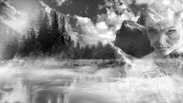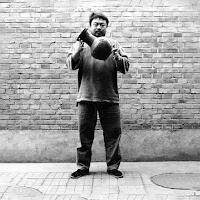Media activism is a broad category of activism that utilizes media and communication technologies for social and political movements. Methods of media activism include publishing news on websites, creating video and audio investigations, spreading information about protests, or organizing campaigns relating to media and communications policies. Social media is often used as a form of media activism. Because of the interactive features and widespread adoption, users can quickly disseminate information and rally supporters.[8] Platforms like Facebook and Twitter can reach a much larger audience than traditional media. Although often only a small percentage of people who express interest in a cause online are willing to commit to offline action, social media interaction is viewed as "the first step in a ladder of engagement".















































